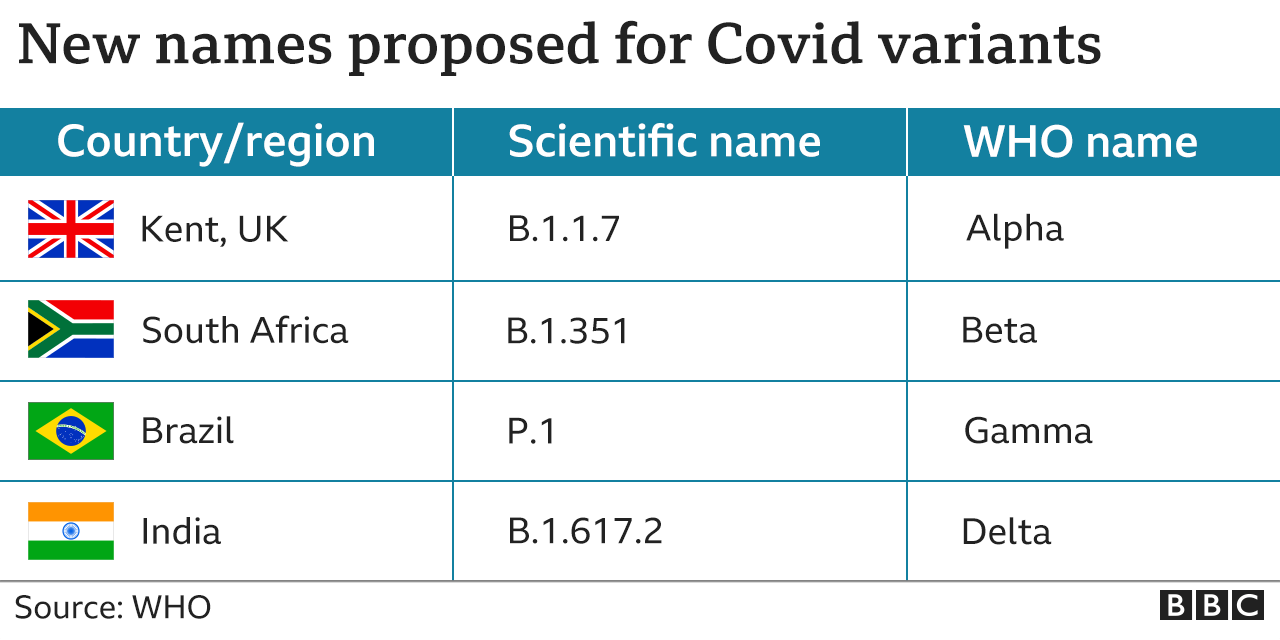1.1 What is the COVID-19?
Coronavirus disease 2019, more commonly known as COVID-19, is a highly contagious disease that originated in China, Wuhan in 2019. The disease has since spread across the globe in the opening months of 2020 and is, as of this article's written date in june 2021, still raging across the globe.
COVID-19 is the first true global pandemic of the 21st century, and the first one since the 1918 Spanish flu, dwarfing its contemporaries; the 2002 SARS outbreak, the Africa Ebola crisis, the 2019 Swine Flu pandemic, and the 2016 Zika outbreaks. As of 11 June 2021, it has infected more than 173 million people and claimed over 3 million confirmed deaths, making it 9th deadliest pandemic in human history by body count.
Mode of Infection
- Droplets or Aerosols
- Coughing, sneezing, saliva droplets - all of these are capable of transmitting the virus from an infected person to someone within 6 feet of them - Surface Transmission
- COVID-19 has been proven to be able to survive on plastics and metals for up to 2 - 3 days. Touching an infected surface could result in infection - Airborne Transmission
- COVID-19 has been proven to be able to survive in the air for at least up to 3 hours. While current research is split on well COVID transmits through this method, there remains a possibility that simply even breathing in the air of a suspect case could result in being infected by the virus - Fecal-Oral
- While a lesser method of infection, COVID-19 could be transmitted from exposure to fecal matter of an infected case
1.2 Symptoms of COVID-19 Infection
Common:
- Fever
- Cough
- Fatigue or tiredness
Uncommon
- A loss of taste and smell
- Headaches and/or migraines
- Sore throat
- aches and pains across the body
- discolored parts of the body, especially on extremities like fingers and toes
Rare Symptoms
- Difficulty breathing
- Chest pain
Suspect cases can remain contagious for as much as 20 days and can spread the virus even if they are asymptomatic.
1.3 COVID-19 Variants
There are thousands of different COVID strains across the globe. Those of special concern are the following:

While currently there remains no indication that any of the mutated strains are more deadly than COVID-19 or more resistant to the existing vaccines, they have proven to be more infectious. The United Kingdom's Alpha variant has already claimed over 200, 000 cases as of the time of writing, and Sotuh Africa's beta variant has spread to more than 20 countries and counting as of this article's time of writing.
1.4 How is the World Reacting to COVID-19?
With COVID-19 spreading out from Wuhan to the rest of world in the opening months of 2020, Countries across the globe have, one by one, gone into lockdown. By January 2020, COVID had spread to over 19 identified countries. By April and beyond, countries had began implementing control measures, forcing citizens to work remotely, making sure they wear masks and social distanced themselves.
 Click the icon to return to "Infectious Disease and Recent Development"
Click the icon to return to "Infectious Disease and Recent Development"
Do You Want to Continue Training During A COVID-19 Pandemic Outbreak?
 Reference Guide
Reference Guide
Goh, M. H. (2016). A Manager’s Guide to Implement Your Infectious Disease Business Continuity Plan, 2nd Edition. GMH Pte Ltd.




![[BL-3-Catalog] What Specialist Level Blended Learning Courses that are Available?](https://no-cache.hubspot.com/cta/default/3893111/4b22a53c-6e3e-4b9e-8c2a-888423f1d26c.png)
![[BL-5-Catalog] What Expert Level Blended Learning Courses that are Available?](https://no-cache.hubspot.com/cta/default/3893111/fe175db3-7f57-4636-bf09-e9a836aa5478.png)

